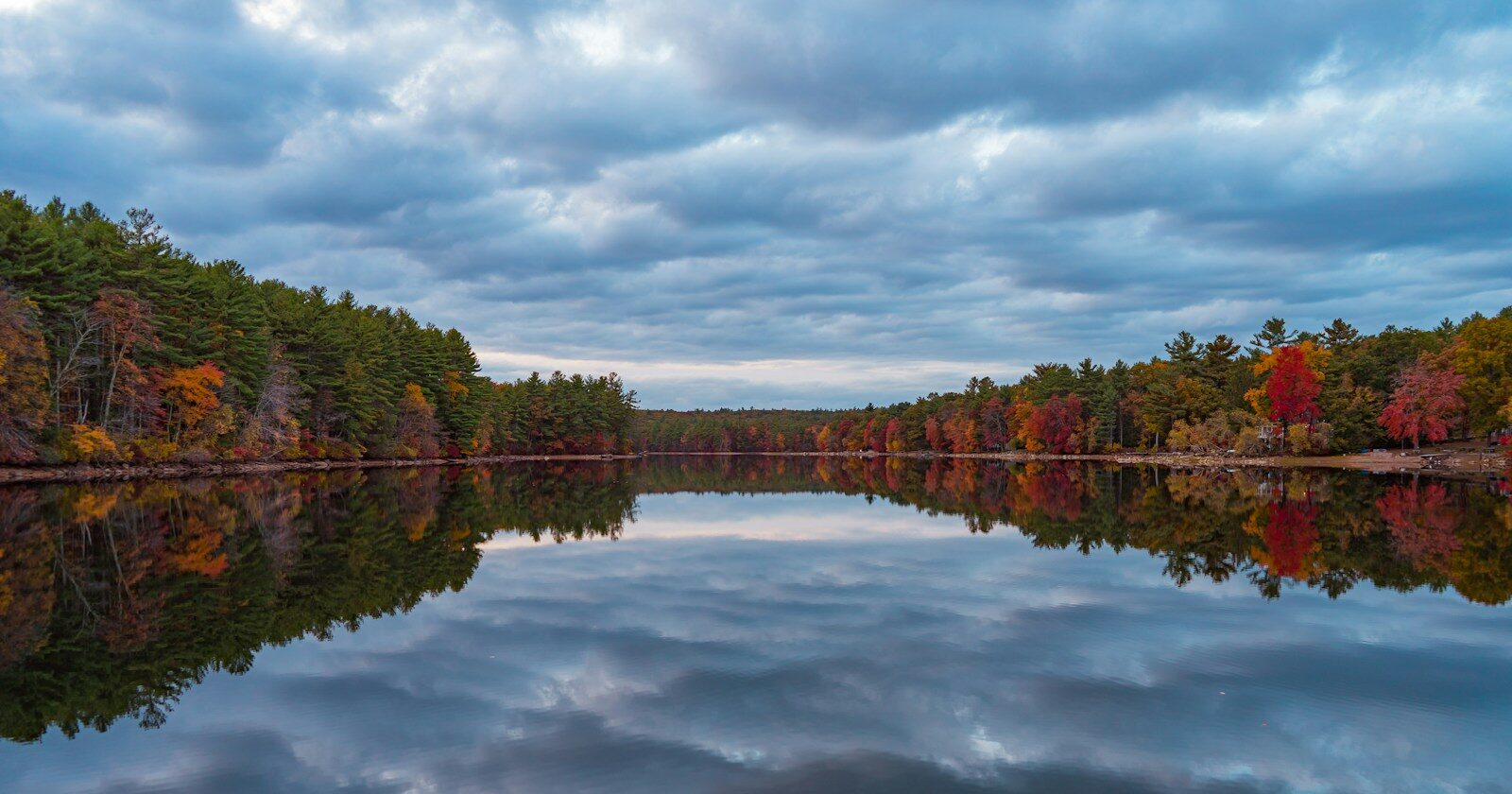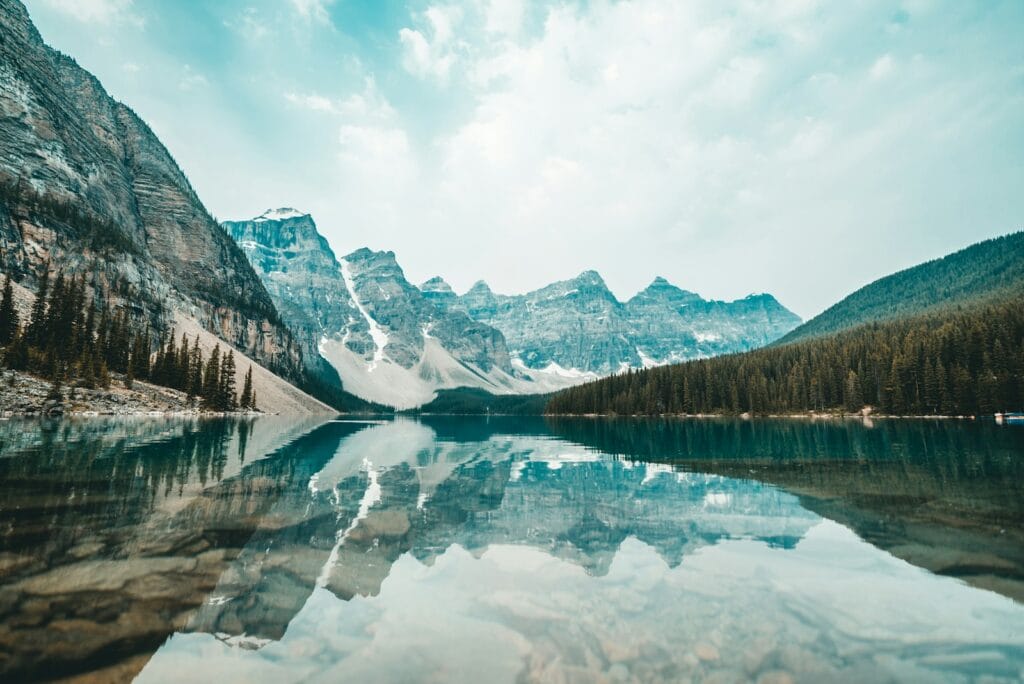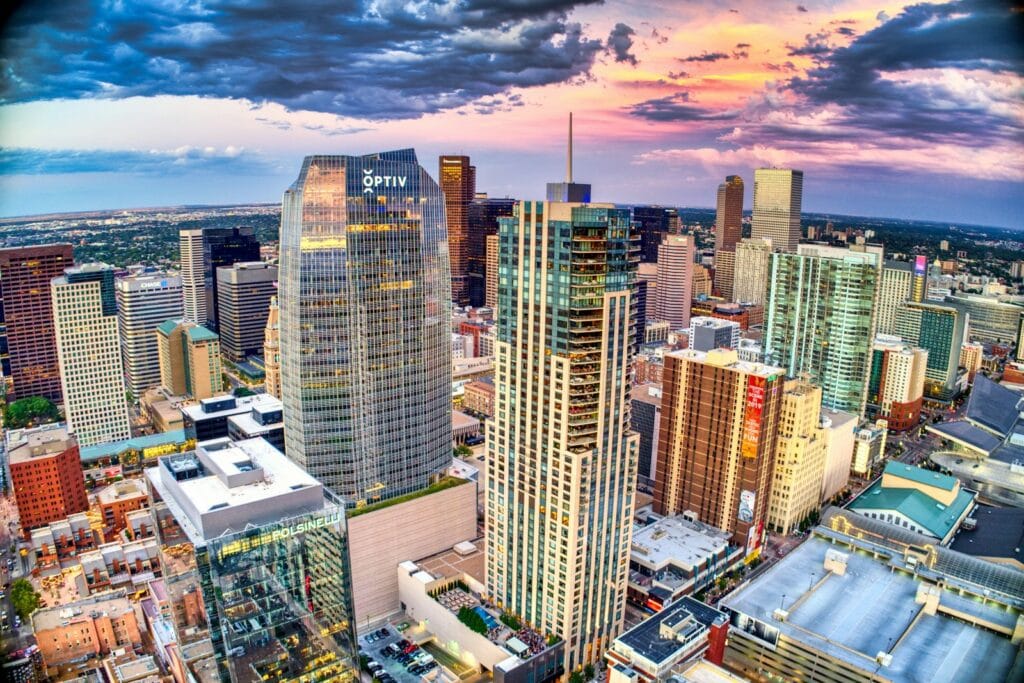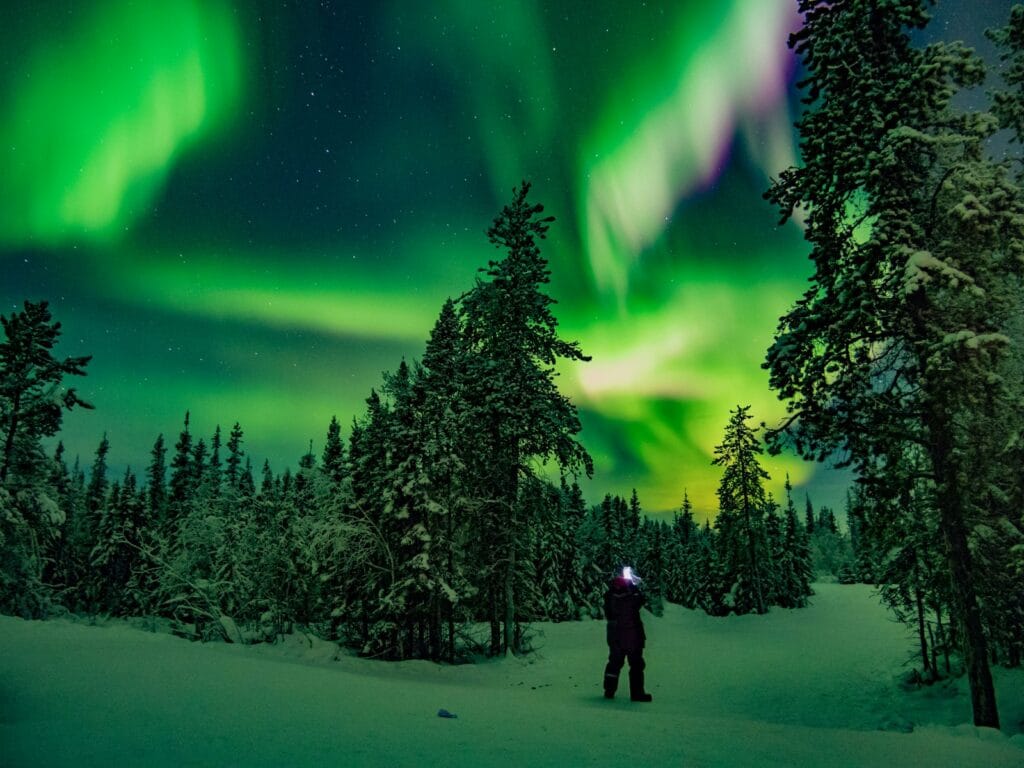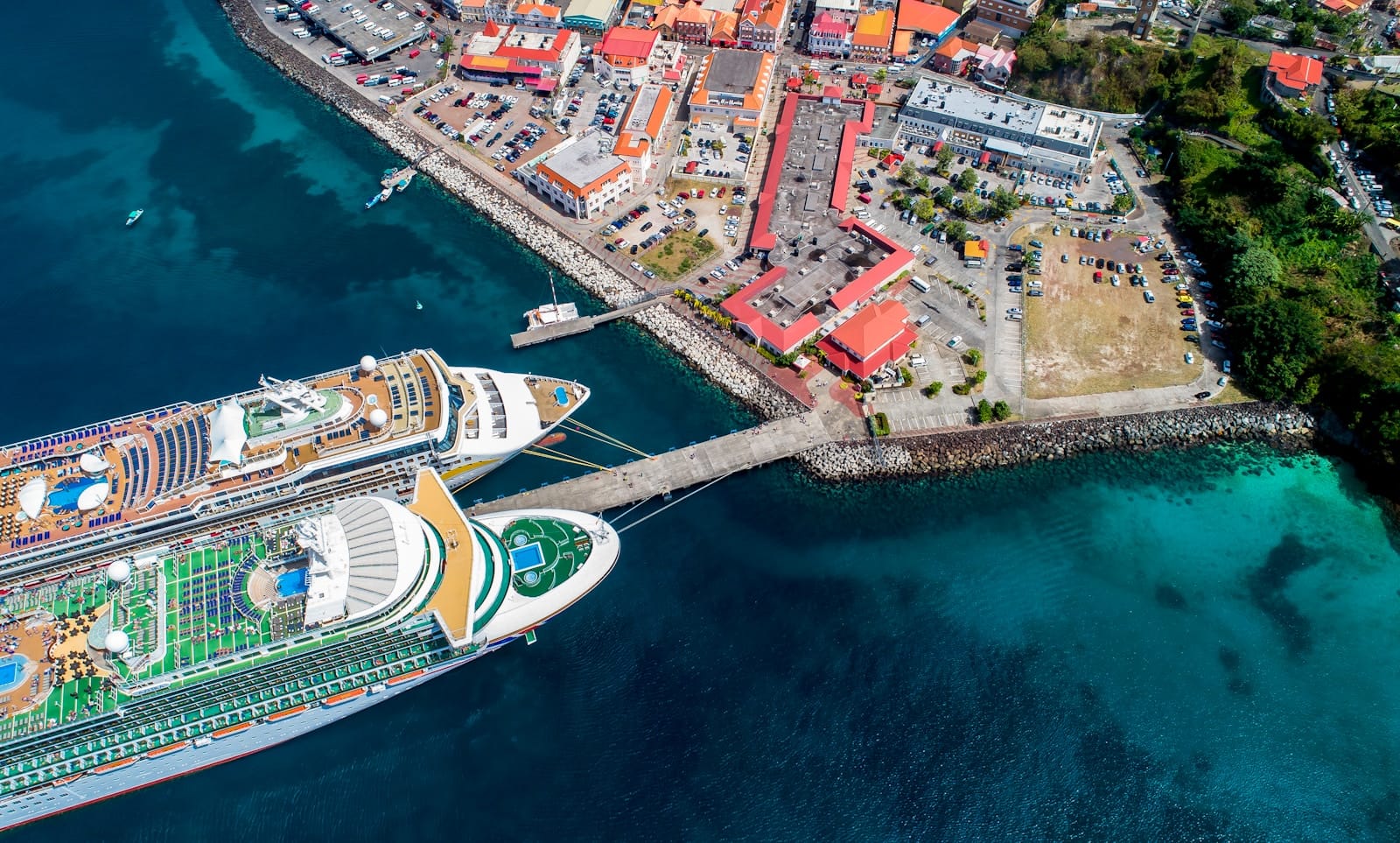New England Travel Guide: Scenic Drives and Cities
Intro to New England Travel Guide
Think clapboard villages, lobster shacks, crimson autumn forests, and snowy peaks. From the rocky coastlines of Maine to the Berkshires and Green Mountains, New England offers some of America’s most photogenic and heritage-rich landscapes — all within an easy drive of each other.
Whether you’re tracing literary roots in Massachusetts, sipping maple syrup in Vermont, or hiking Acadia’s granite cliffs, the region blends old-world charm with outdoor beauty. And every season adds a new layer — spring blooms, summer escapes, legendary fall foliage, and cozy winter getaways.
Start planning with our complete New England Tour Guide — covering iconic cities, hidden gems, and essential seasonal tips for an unforgettable road trip or regional journey.
Travel Destinations in New England
Connecticut | Maine | Massachusetts | New Hampshire | Rhode Island | Vermont
💡Quick Facts:
Destination: New England
Continent: North America
Country: United States of America
Area: ~186,000 km² (72,000 mi²)
Population: ~15 million (2025 est.)
Density: ~80/km²
Capital Cities (by state): Boston (MA), Providence (RI), Hartford (CT), Montpelier (VT), Concord (NH), Augusta (ME)
Regions/Subregions: Six states — Connecticut, Maine, Massachusetts, New Hampshire, Rhode Island, Vermont
Official Language: English
Other Languages: Spanish, Portuguese, French, Haitian Creole (regional communities)
Currency: US Dollar (USD)
Time Zone: Eastern Time (UTC−5, summer UTC−4)
Main Airports: Boston Logan Intl. (BOS), Bradley Intl. (BDL, Connecticut), T.F. Green (PVD, Rhode Island), Portland Intl. Jetport (PWM, Maine), Burlington Intl. (BTV, Vermont), Manchester-Boston Regional (MHT, New Hampshire)
Climate: Four-season climate — cold snowy winters, warm/humid summers, brilliant autumn foliage
Known For: Fall foliage, Cape Cod beaches, historic Boston, seafood (lobster, clam chowder), White Mountains, Acadia National Park, Ivy League universities (Harvard, Yale).
🛂Arrival Info:
Visa Requirements: Same as U.S. entry requirements.
Visa-Free: Visa Waiver Program (VWP) countries for 90 days with ESTA.
Tourist Stay: Typically 90 days max (non-VWP require tourist visa).
Immigration Portal: U.S. Travel State Department.
🏥Health Info:
Vaccines Recommended: Standard U.S. entry vaccines; no special requirements.
Healthcare: Excellent facilities; private insurance strongly recommended.
Hospitals: Massachusetts General (Boston), Yale New Haven Hospital, Maine Medical Center (Portland).
Tip: Emergency care expensive without insurance.
🚑 Check travel insurance options for travel emergencies, delays, and medical needs abroad — Get coverage here
💉 Stay Informed with Official Updates: WHO – International Travel & Health | CDC – Travel health updates
🚨Travel Advisory:
Safety Levels: Very safe; standard U.S. urban precautions in larger cities.
Risks: Winter driving hazards, coastal storms, nor’easters.
Civil Rights Concerns: Strong LGBTQ+ protections.
Official Advisories: Follow U.S. advisories per country of origin.
🌍Track Real-Time Official Updates: US Travel Advisory | UK Foreign Travel Advice | Government of Canada | NZ SafeTravel
🥳Holidays:
Independence Day: July 4
Thanksgiving: 4th Thursday of November (historic Plymouth origin)
Christmas Day: Dec 25
New Year’s Day: Jan 1
Memorial Day: Last Monday of May
Labor Day: 1st Monday of September
💰Visitor Info:
Currency Use: Cards widely accepted; ATMs available everywhere.
Tipping: 15–20% standard in restaurants; $1–2 per bag for hotel staff.
Duty-Free: U.S. customs rules apply.
Daily Budget (avg.):
Budget: $80–120
Mid-range: $150–250
Luxury: $300+
🛫Airports:
Boston Logan (BOS): Major international hub, direct flights from Europe, Middle East, Asia.
Bradley Intl. (BDL): Hartford/Springfield region.
T.F. Green (PVD): Rhode Island + southern Massachusetts.
Regional airports: Portland (PWM), Burlington (BTV), Manchester (MHT).
🧳 Delayed or canceled flight? Check if you’re eligible for compensation
🚍Transport:
Urban: MBTA subway/buses in Boston; buses in Providence, Hartford.
Intercity: Amtrak routes (Boston–NYC, Vermonter to Montreal, Downeaster to Maine).
Driving: Right side; car rental common for rural areas.
Passes: MBTA CharlieCard (Boston metro), regional rail passes.
Seasonal Note: Fall foliage drives and coastal summer traffic are very popular.
🚗 Book reliable airport transfers and in-city rides in advance. Reserve your ride here
🛰️Connectivity:
SIM/eSIM: Major U.S. carriers — Verizon, AT&T, T-Mobile.
Network: Excellent 5G in urban areas; patchy in rural Vermont/Maine.
Wi-Fi: Strong availability in hotels, cafes, libraries.
🛜 Stay connected abroad with affordable eSIM data packs. Get your eSIM here
📜Laws & Etiquette:
Alcohol: Legal drinking age 21. State laws vary (Maine/VT less strict, dry towns in parts of CT/MA).
Smoking: Banned in most indoor public spaces.
Dress Code: Casual; warm layers in winter, beach attire in Cape Cod/Martha’s Vineyard.
LGBTQ+: Strong protections; Pride events in Boston, Providence, Northampton.
Social Norms: Tipping essential; polite greetings; New Englanders are friendly but reserved.
👮Emergency Info:
Emergency Number: 911 (police, fire, ambulance).
Tourist Police: None specific; rely on local/state police.
Embassy Links: Follow U.S. embassies (foreigners should check their consulates in Boston, New York).
🏛️ Use embassy locator tools: Embassies Worldwide
🌞Weather:
Best Time: September–October (fall foliage), June–August (beaches, festivals).
Winter: Dec–March, cold and snowy, skiing in Vermont/New Hampshire/Maine.
Spring: March–May, mild, flowers bloom.
Summer: June–August, warm, humid, busy coastal tourism.
Autumn: September–November, peak foliage, crisp weather.
🌦️ Stay prepared—check the weather forecast for your destination — Weather Forecast
New England by Region – Where to Go
Each New England state offers distinct landscapes, culture, and highlights. Here’s how to break it down by state and region.
Massachusetts
The region’s historical and cultural hub.
Boston delivers Revolutionary landmarks, cutting-edge dining, and college-town energy.
Cape Cod is iconic for its beaches, lighthouses, and whale-watching tours.
Western Massachusetts includes the Berkshires — ideal for hiking, arts, and fall leaf-peeping.
Maine
New England’s wildest coastline and maritime soul.
Acadia National Park is the top outdoor destination, with ocean views and granite trails.
Portland mixes lobster rolls, craft beer, and boutique shopping with a working harbor.
Midcoast towns like Camden and Boothbay Harbor offer quintessential New England charm.
Vermont
Known for maple syrup, covered bridges, and green peaks.
Stowe and Woodstock offer ski resorts, foliage drives, and farmer’s markets.
Burlington sits on Lake Champlain with bike trails, breweries, and lakefront views.
The Green Mountains provide hiking, leaf-peeping, and small-town tranquility.
New Hampshire
Perfect for mountain lovers and quiet lakes.
The White Mountains include Mount Washington, Franconia Notch, and scenic drives.
Lake Winnipesaukee is popular for boating and summer vacations.
Portsmouth, on the coast, mixes colonial charm with seafood and walkability.
Rhode Island
The smallest state packs rich coastal culture.
Newport features historic mansions, cliffside walks, and sailing traditions.
Providence offers a creative food scene, Brown University, and riverfront art festivals.
Block Island is a low-key summer getaway with dunes and bluffs.
Connecticut
Southern New England sophistication meets rural New England calm.
Mystic and the shoreline are known for aquariums, seaports, and maritime museums.
Hartford and New Haven offer Ivy League history, museums, and architecture.
Litchfield Hills deliver classic New England villages and forested hills.
Top Places to Visit in New England
Explore must-see cities, villages, and nature escapes across all six states.
Historic and Cultural Cities
Boston, Massachusetts — Walk the Freedom Trail, catch a Red Sox game, and explore museums.
Portland, Maine — Known for its Old Port district, foodie culture, and working waterfront.
Providence, Rhode Island — Riverwalks, arts festivals, and Italian neighborhoods.
New Haven, Connecticut — Yale University, art galleries, and culinary hotspots.
Coastal and Island Getaways
Cape Cod, Massachusetts — Beach days, lighthouses, and ferry access to Martha’s Vineyard and Nantucket.
Acadia National Park, Maine — Sunrise at Cadillac Mountain and oceanfront hikes.
Block Island, Rhode Island — Small-town vibes with beaches and coastal bluffs.
Mystic, Connecticut — Whaling museums, aquariums, and maritime history.
Mountain and Lake Escapes
White Mountains, New Hampshire — Fall foliage drives, hikes, and scenic train rides.
Green Mountains, Vermont — Covered bridges, sugarhouses, and ski resorts.
Lake Winnipesaukee, New Hampshire — Boating, hiking, and summer retreats.
The Berkshires, Massachusetts — Hiking, music festivals, and art museums like MASS MoCA.
Small Towns and Scenic Drives
Woodstock, Vermont — Classic New England square, farms, and nearby Quechee Gorge.
Camden, Maine — Harbor views, hills, and lobster rolls.
Lenox, Massachusetts — Home to Tanglewood and Gilded Age estates.
Kennebunkport, Maine — Presidential summer home, boutique shopping, and beaches.
How to Choose Where to Go in New England
Your trip can vary greatly depending on time, interests, and season — here’s how to choose your route.
- If you’re visiting for the first time, spend a few days in Boston, then head to Cape Cod or the Berkshires for a coastal or mountain contrast.
- For a fall foliage trip, focus on Vermont and New Hampshire from late September to mid-October. Drive scenic byways and stay in small inns.
- If you’re a foodie or artist, build a route around Portland, Providence, and the Berkshires — each offers galleries, events, and creative menus.
- For summer beach vacations, Cape Cod, Block Island, and coastal Maine are perfect. Families will love lake towns in New Hampshire or Connecticut.
- If you want a romantic or slow-travel itinerary, choose Vermont’s small towns, Rhode Island’s coast, or inland Connecticut for boutique inns, antique shops, and country walks.
For a full regional sweep, plan a 10–14 day loop that touches all six states, mixing nature, culture, and coastline.
How to Get Around New England
New England is ideal for scenic road trips — but it’s also well-served by trains and regional flights.
- Driving is the best way to explore multiple states or rural areas. Rental cars are widely available at airports in Boston, Providence, Hartford, and Portland. Scenic byways like the Kancamagus Highway (NH) and Route 100 (VT) are top attractions in themselves.
- Amtrak runs trains from Boston to major cities like Providence, New Haven, and Hartford. The Vermonter line also travels north to Brattleboro and St. Albans.
- Buses are available between major towns and cities — Greyhound, Concord Coach, and Peter Pan are the main carriers. Boston’s South Station is the key hub.
- Ferries connect Cape Cod to Martha’s Vineyard and Nantucket, and Rhode Island to Block Island. Book in advance during peak season.
- Biking is popular on rail trails and coastal paths, especially in Cape Cod, Vermont, and coastal Maine.
Regional flights connect Boston with Bangor, Portland, Burlington, and other smaller airports — a time-saver for long hauls.
Travel Budget & Costs in New England
New England can range from budget-friendly to upscale — costs vary widely by season and region.
- Budget travelers can expect to spend $80–$120/day using motels, public transport, and casual dining.
- Mid-range travelers spend $150–$250/day for boutique hotels, car rentals, and entrance fees.
- Luxury travelers can spend $300–$600/day on historic inns, fine dining, and private tours.
- Lodging ranges from $60/night roadside motels to $600/night coastal inns in high season.
- Expect lunch around $12–$18 and dinner from $20–$60 per person depending on location and style. Lobster and seafood platters are pricier in summer.
- Activity prices include whale watching at $50–$80, museum tickets at $10–$25, and scenic train rides from $25–$70.
To save money, travel in shoulder seasons (May, early June, late October), book weekday stays, and prioritize public parks or walking tours over paid attractions.
Best Time to Visit New England
Each season transforms the landscape — timing your trip makes a big difference.
- Spring (April to early June) is quieter and colorful. Expect wildflowers, maple syrup festivals, and reopening seasonal shops.
- Summer (mid-June to August) is peak for beaches, boating, and family trips. Ideal for Cape Cod, lake towns, and island escapes.
- Fall (September to mid-October) is the best time to visit New England for foliage, festivals, and hiking. Book early — this is high demand season.
- Winter (late November to March) offers skiing, cozy towns, and snowy escapes in Vermont and New Hampshire. Christmas villages like Stockbridge and Woodstock are magical.
Peak fall foliage varies by region — northern areas (VT, NH, ME) turn earlier (late September), while southern states peak in mid-October.
Must-See Experiences in New England
Here are iconic activities and top-rated things to do in New England — across seasons and states.
- Drive the Kancamagus Highway in New Hampshire for fiery foliage and mountain views.
- Hike Cadillac Mountain in Acadia National Park at sunrise — one of the first places to see daylight in the U.S.
- Bike or walk the Cape Cod Rail Trail through forests, cranberry bogs, and shoreline towns.
- Tour Boston’s Freedom Trail to trace American Revolutionary history through 16 landmarks.
- Visit Newport’s Gilded Age mansions — including The Breakers and Marble House — perched above the cliffs.
- Take a fall foliage train ride through Vermont’s Green Mountains or New Hampshire’s Mount Washington Valley.
- Join a whale-watching tour off the coast of Maine or Massachusetts between May and October.
- Explore Shelburne Farms or a sugarhouse in Vermont to taste local cheeses, syrup, and seasonal produce.
- Stroll Mystic Seaport — an immersive 19th-century maritime village with working ships and exhibits.
- Attend a small-town harvest fair, lobster bake, or maple festival — New England’s calendar is full of seasonal charm.
Discover top-rated New England tours and experiences, and explore the best things to do in New England — from fall foliage drives and lobster cruises to covered bridge trails and whale-watching adventures. Book early for exclusive access and flexible cancellation.
Best Travel Itineraries in New England
Choose your route by season, interests, and pace. Here are sample itineraries to inspire your trip.
7-Day Coastal & City Combo:
- Boston → Cape Cod (Falmouth, Provincetown) → Newport → Mystic
- Great for summer travelers wanting beaches, seafood, and history.
7-Day Family Adventure:
- Boston → Story Land (NH) → Lake Winnipesaukee → ECHO Center (VT) → Shelburne Farms
- Perfect for summer or early fall with kids.
10-Day Fall Foliage Loop:
- Boston → White Mountains → Stowe → Woodstock → Berkshires → Boston
- Best mid-late September to mid-October for peak colors and small towns.
10-Day Culture & Culinary Escape:
- Providence → Northampton → Berkshires → Hudson Valley (optional)
- Ideal for art lovers, foodies, and boutique hotel fans.
14-Day New England Grand Tour:
- Boston → Acadia → Midcoast Maine → White Mountains → Green Mountains → Berkshires → Connecticut Shore
- Covers all six states, from national parks to hidden villages.
Local Cuisine & Culinary Experiences
New England’s food scene blends coastal bounty, seasonal ingredients, and old-world flavors.
- Lobster rolls are a must-try — cold with mayo or warm with butter — especially in Maine or Cape Cod.
- Clam chowder is creamy and comforting. Each state claims to do it best. Try it in Boston or Portland.
- Maple syrup is a Vermont specialty. Visit sugarhouses in March or sample it year-round on pancakes or bacon.
- Cider donuts and apple pies define fall farm stands — especially in Vermont and Massachusetts.
- Baked beans and brown bread are traditional New England comfort foods, often found in diners and local kitchens.
- Portuguese influences show up in Rhode Island and Southeastern Massachusetts — try kale soup, chouriço, and malasadas.
- Farm-to-table restaurants are everywhere. Vermont and the Berkshires lead in organic and slow food dining.
- Craft beer and cider trails run through all six states — Maine and Vermont are especially renowned for small-batch breweries.
Join oyster tastings in coastal Connecticut, or enjoy summer lobster bakes in beach towns.
Travel Safety & Cultural Etiquette in New England
New England is one of the safest regions in the U.S., with a strong focus on hospitality and preservation.
- Public safety is excellent, especially in rural areas. Standard urban precautions apply in cities.
- Weather changes fast — especially in the mountains. Pack layers and check forecasts if hiking or driving remote roads.
- Traffic can be congested in Boston and on Cape Cod in summer. Plan early departures and book ferry or parking reservations.
- New Englanders are friendly but reserved. Respect personal space, follow local rules (especially in parks), and tip 15–20% at restaurants.
- Fall visitors: don’t pick leaves or stop unsafely on scenic roads. Use designated viewpoints and support local farm stands.
- In winter, carry snow chains or AWD for Vermont and New Hampshire travel — roads can get icy fast.
Nearby Destinations to Explore
- New York: Just south of Connecticut and Massachusetts, offering big-city excitement and Hudson Valley escapes.
- Canada: A short drive from Vermont or northern Maine — experience French heritage, old-world charm, and winter festivals.
- Nova Scotia: Take the ferry from Bar Harbor, Maine to Yarmouth for a maritime extension full of cliffs, lighthouses, and seafood.
- Pennsylvania: Head southwest to Philadelphia, Amish Country, or explore the Pocono Mountains from Western Massachusetts or Connecticut.
Upstate New York: Explore the Adirondacks, Finger Lakes, or Lake Placid as part of a scenic inland loop.
Final Planning Checklist for New England
- Book peak-season stays (foliage and summer) at least 3–6 months in advance
- Reserve scenic train rides, ferries, and lighthouse tours early — they fill quickly
- Download offline maps for mountain or rural areas with spotty service
- Pack layers for temperature swings — sun, fog, and snow can all happen in a week
- Choose a fuel-efficient rental car and check mileage — you’ll drive more than expected
- Plan around fall foliage timing, summer traffic, or seasonal closures in winter
- Bring hiking boots, water-resistant gear, and a cooler for roadside farm stand goodies
- Try local inns and B&Bs — they often include breakfast and insider tips
- Use state tourism sites or welcome centers for free brochures and trail maps
- Support local artisans, bakeries, and co-ops — every town has unique flavors and stories
Explore New England with confidence using our trusted tips, local insights, and region-by-region planning tools.

